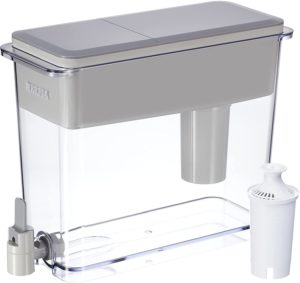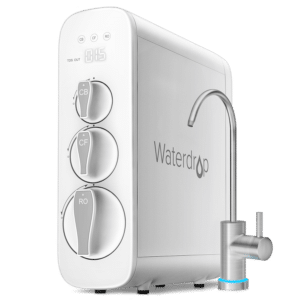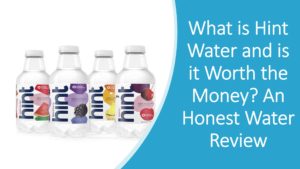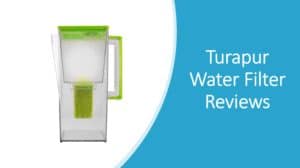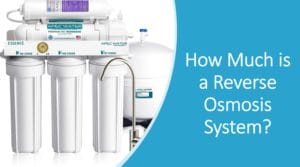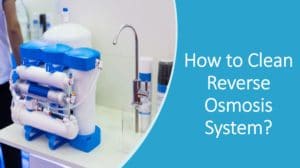Water filtration offers a convenient, affordable way to improve your tap water, and there are many water filter cartridge types to meet the needs of any household.
There are six main whole house water filter cartridge types, depending on your household’s needs. Understanding the differences can help you choose the best filter or combination of filters for your family.
Water Filter Cartridge Types
Here are the different types of water filter cartridges:
- Activated carbon cartridge
- Sediment filter cartridge
- Ceramic filter cartridge
- Reverse osmosis membrane cartridge
- Alkaline ionizer cartridge
- UV Filter cartridge
Activated Carbon Filter Cartridge
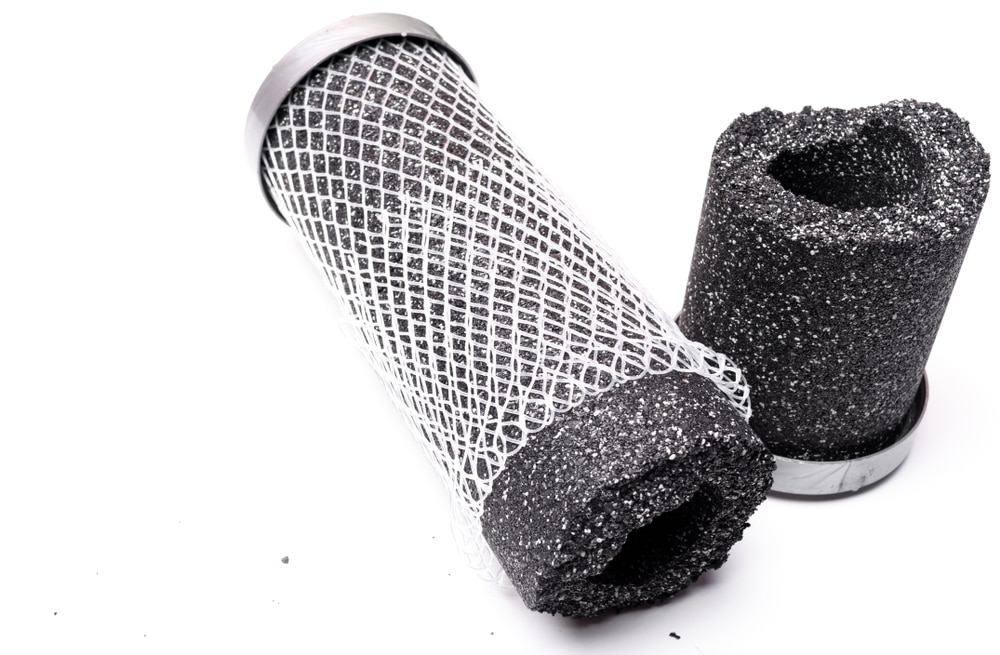
Activated carbon filters rely on the charcoal to pull pollutants from the water. These water filters are inexpensive but effective at removing harmful toxins, like chlorine, copper, and lead. However, they don’t remove solid particles, like salts and sediment.
There are several reasons activated carbon filters top the list of whole house water filter cartridge types. They are the best option for removing chlorine, bad tastes, and odors from tap water, but that’s not all.
- Activated carbon filters don’t affect the natural content of those minerals human bodies need from the water.
- Manufacturers tend to use organic materials for activated carbon filters.
- They are cheap, plus they don’t use electricity.
- Activated carbon filter cartridges are easy to replace.
There aren’t many downsides to using activated carbon filters; however, there are two worth noting. First, you need to change the filters frequently. The other issue is that they don’t remove everything solid particles, like dust, salts, and sediment.
Sediment Filter Cartridge
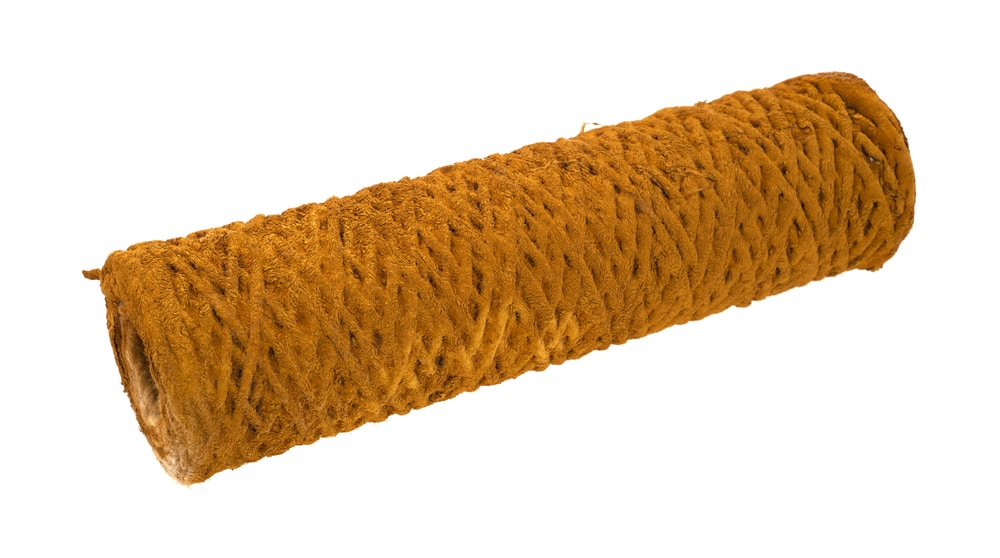
If you like the activated carbon filter, but worry about the solid particles slipping through, consider the next water filter cartridge type – a sediment filter cartridge.
These filters are usually the first stage in a multi-stage system because they don’t do enough on their own. However, they work wonders as pretreatment for other water filter cartridge types.
Sediment filter cartridges filter out solid particles that would be visible in a glass of water, like sand, dust, rust, and scale. The effectiveness of sediment filter cartridges varies with the filtration rating, but none of them can filter microscopic organisms like bacteria or chemicals.
Though all sediment filter cartridges collect solid particles from water, you have different designs to choose from depending on your preferences. Each variation has unique properties.
- Pleated filters have an accordion-design that traps dirt between the pleats. They are affordable, effective, washable, and reusable.
- Melt-blown filters handle finer particulates because they have extremely dense areas that trap smaller particles.
- String-wound filters look like you would expect, string wound around a core. The string traps debris as water passes through it. The only downside is that if you don’t replace it soon enough, the strings loosen and release debris back into the water.
- Bag filters essentially catch particles as water passes through the bag.
- Spin-down filters use centrifugal force to pull solid particles from water. These filters force the water through the system using a spinning motion, which separates solid particles into the filter cartridges.
Ceramic Filter Cartridge
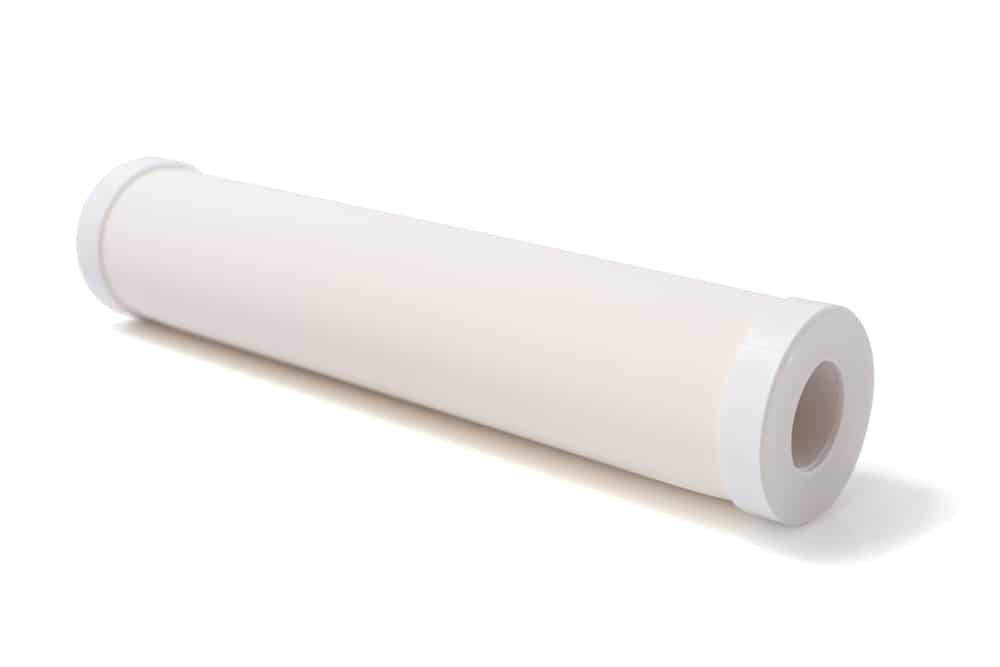
Ceramic filter cartridges may be the most commonly used water filtration method in the world. However, for a traditional method, ceramic filter cartridges possess a unique function. While they contain small pores that trap debris as water passes through, there is an additional feature that does a little more.
If you look inside a ceramic filter cartridge, you will find a silver lining. The silver distributes positively charged ions that attract and destroy bacteria. Not only are ceramic filter cartridges environmentally friendly, but you also don’t need to replace them as often as other water filter cartridge types.
The only downside to using ceramic filter cartridges is that they don’t remove viruses or dissolved solids. You do need to remove the ceramic filter and clean it whenever you replace the cartridge.
Reverse Osmosis Membrane Cartridge
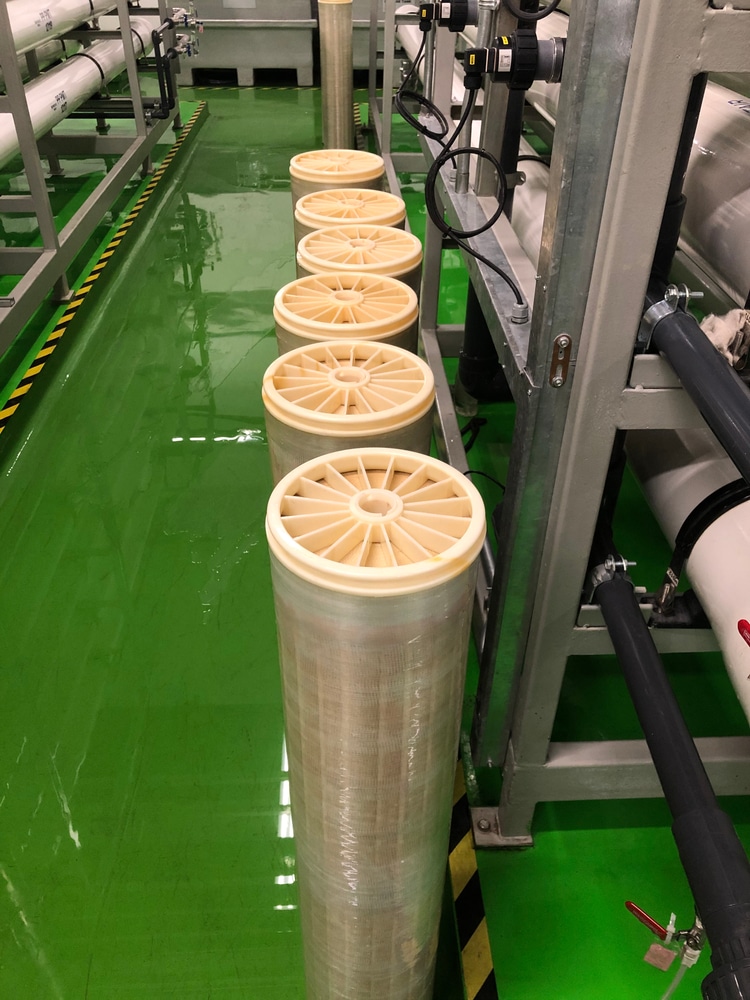
Reverse osmosis water filtration is increasingly popular because they are incredibly effective. The reverse osmosis membrane cartridges are extremely dense to keep out even the smallest particles. These cartridges can block contaminants and microorganisms down to 1/10,000th of a micron!
In terms of water filtration, reverse osmosis membrane cartridges remove almost everything, including pesticides and chemicals, to eliminate odors and foul tastes. They produce some of the cleanest, best-tasting water you can get. However, there are some downsides.
First, reverse osmosis membrane cartridges clears a lot, but they don’t work well against bacteria. Another downside to using reverse osmosis membrane cartridges is the amount of water waste. While clean water goes into a container at the tap, contaminated water goes down the drain.
Reverse osmosis systems also take a long time to filter water. You need to clean and change the filter cartridges regularly to extend the lifespan, and even then, you only gain a few years.
Alkaline Ionizer Filter Cartridge
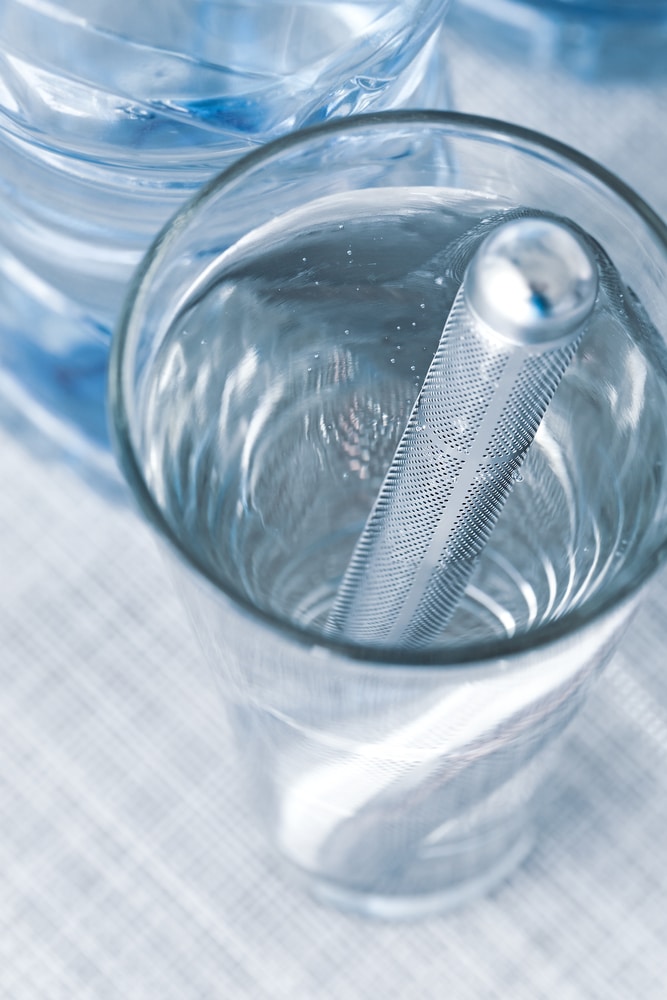
For people concerned with the pH level of their water, an alkaline ionizer filter cartridge could be the solution. Usually, the last filter in a multi-step process, alkaline ionizer filter cartridges also remove limescale and reinfuse essential minerals.
Choosing an alkaline ionizer filter cartridge usually leads to higher O2 content than regular water. You can also expect more antioxidants and electrolytes in your tap water.
Ultraviolet and Infrared Cartridge
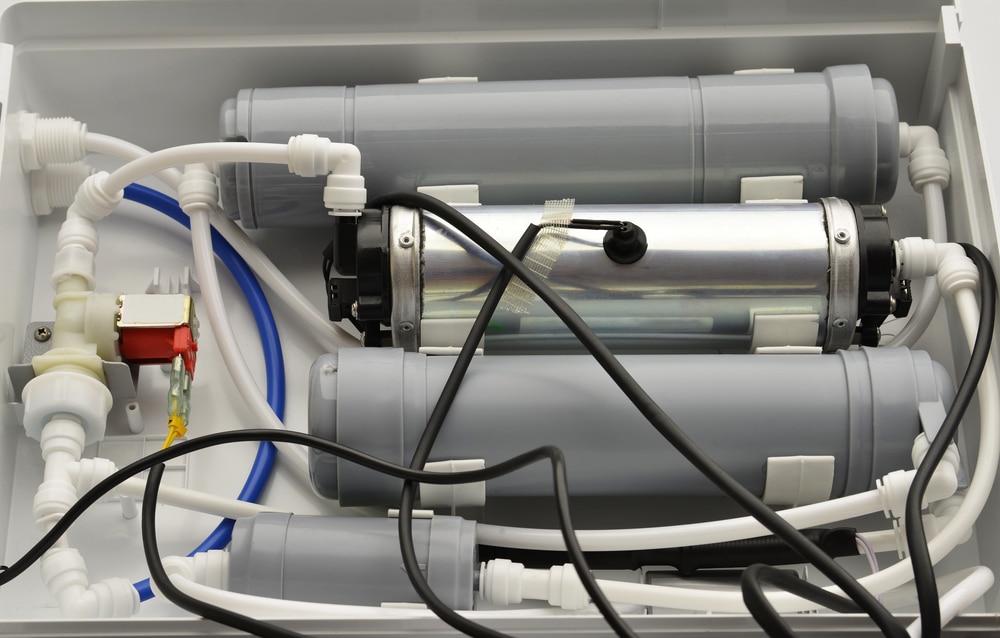
Technology has come a long way, especially in terms of ultraviolet (UV) and infrared developments. Unlike other filters, water doesn’t pass through them; it enters a glass or stainless steel chamber. Water in the chamber is then exposed to intense UV light that kills bacteria and microorganisms by destroying their DNA.
UV and infrared cartridges are fast, effective, and environmentally friendly. While the UV and infrared tech kill fungi, salmonella, cysts, dysentery, algae, and more, it doesn’t filter out solids, like sediment, minerals, or lead.
We should note that since the UV lights remain on constantly, cartridge replacement is different from other water filter cartridge types. You would gauge a cartridge’s lifespan by the number of hours in operation instead of gallons of water purified.
Related:

